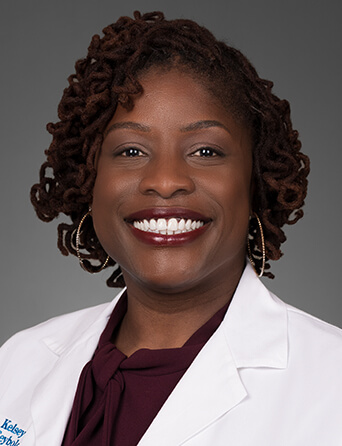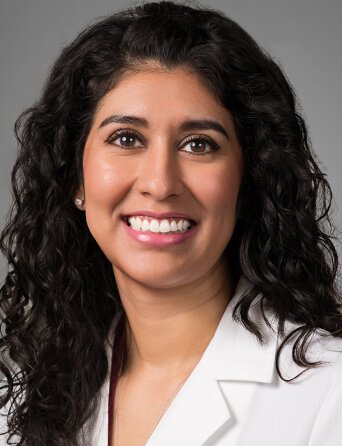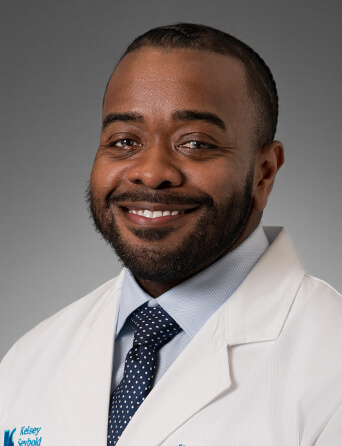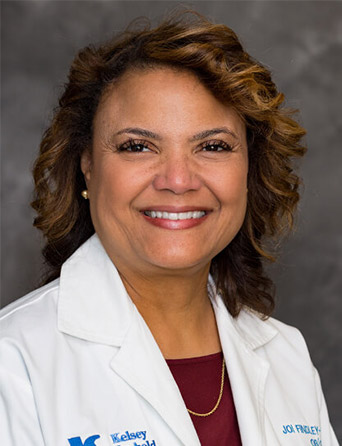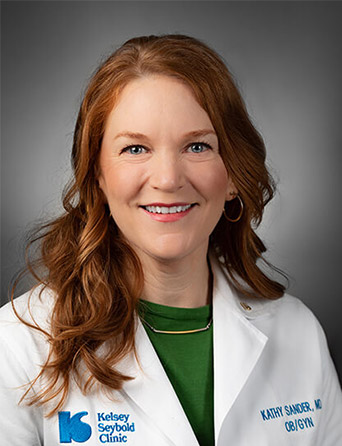Join Our eNewsletter!
Subscribe to our monthly newsletter to receive encouraging advice to help you lead a healthy lifestyle.

Early Detection Saves Lives
Although heart disease is the leading overall cause of death in women in the United States, breast cancer is the leading cause of death in women between the ages of 40 and 55. Simply getting older puts you at risk.
Other risk factors include:
- A family history of breast cancer, especially among mothers, sisters, or daughters
- A history of benign breast disease that required biopsies
- Having your first child after age 30
- Never having borne a child
- Having your first menstrual period at an early age
The American Congress of Obstetricians and Gynecologists recommends that women with average risk should have a mammogram every year starting at age 40. Women with higher risk should seek advice to determine the screening frequency. Every woman should perform monthly breast self-exams.
“Mammograms are the best tool we have to detect breast cancer at its earliest stages,” says Sylvia Trumble, MD, Section Chief of Kelsey-Seybold Clinic’s Radiology department. A mammogram is an X-ray picture of the breast. Dr. Trumble is one of the Kelsey-Seybold Clinic radiologists who looks at the X-ray for any abnormality that may indicate an early sign of breast cancer. If a routine mammogram reveals the need for further diagnostic activity, the patient is referred to Kelsey-Seybold Clinic’s Breast Diagnostic Center.
“Mammograms are effective and safe,” says Dr. Trumble. However, a small percentage of breast cancers cannot be detected by mammography, so she urges women to be proactive when it comes to their breast health. “Once a month, a woman should perform a breast self-exam. By age 45, she should begin yearly mammograms,” she advises. “The mammogram may miss a real cancer, but if you know the look and feel of your breasts, if you’re checking them monthly, then you're likely to notice any change.”
Every woman aged 20 and older should perform regular breast self-exams (BSE). The best time to check for changes is one week after your period. If you are no longer having periods, perform the BSE the same day each month. Look for lumps, changes in skin texture, unusual tenderness, or discharge.
Women ages 45 – 54 should have a mammogram every year and women 55 and older should have one every two years unless otherwise directed by their physician. Women at increased risk due to family history or past breast cancer should consult their doctor about the benefits and limitations of more frequent screening.
Patient Reassurance
“The vast majority of suspicious breast findings turn out not to be cancerous,” says Judith Munoz, MD, a Women’s Health Specialist who examines and counsels most new patients at Kelsey-Seybold Clinic's Breast Diagnostic Center. “The patients who have a positive diagnosis are usually responsive to the constantly expanding surgical, chemotherapeutic, and radiological treatment options,” she added.
“I help newcomers to the clinic put their natural fear into perspective,” says Dr. Munoz. “After diagnosis, I can explain that the chances of a cure for cases detected early are getting higher."
Dr. Munoz also counsels high-risk patients and those with fibrocystic disease. “High-risk women often come to me confused about how often they need mammograms, worried about whether they should put themselves through a prophylactic mastectomy, and unsure about whether they are eligible for new medication protocols being tested to prevent breast cancer. I can help them with all these problems," she concludes.

